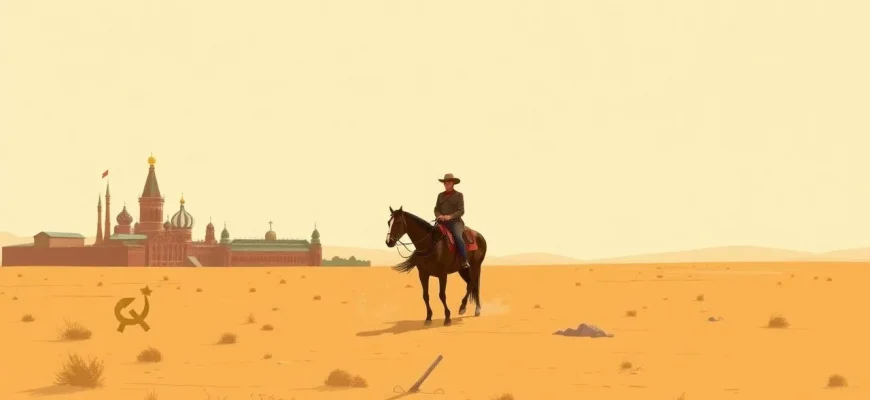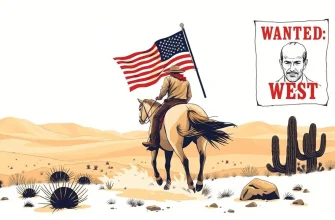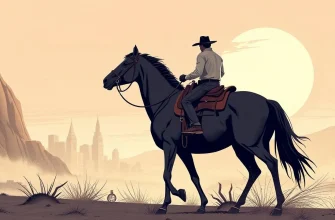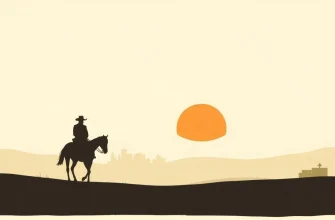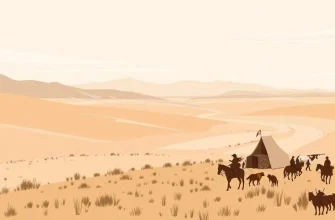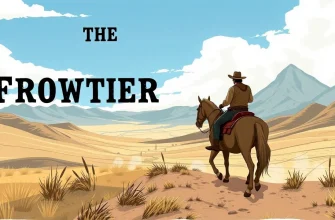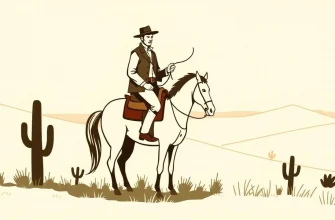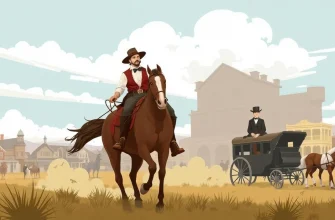- The Elusive Avengers (1966)
- The White Sun of the Desert (1970)
- The Ballad of Bering and His Friends (1970)
- The Savage Hunt of King Stakh (1980)
- The Sixth of July (1968)
- The New Adventures of the Elusive Avengers (1968)
- The Crown of the Russian Empire (1971)
- The Red Tent (1969)
- The Black Triangle (1981)
- The Long Farewell (1971)
The Soviet Union, known for its rich cinematic tradition, also ventured into the genre of westerns, creating a unique blend of cowboy adventure with Soviet storytelling. These films, often set in the vast steppes of Central Asia or the rugged landscapes of the Caucasus, offer a fascinating twist on the classic western narrative, reflecting the cultural and political ethos of the time. Here's a curated list of 10 Soviet westerns that have been dubbed or subtitled in English, providing an intriguing cinematic journey for fans of the genre.

The Elusive Avengers (1966)
Description: This adventure film follows three young friends who become outlaws to fight against the White Army during the Russian Civil War, blending elements of westerns with Soviet heroism.
Fact: It was one of the first Soviet films to be shown in the United States, gaining popularity among American audiences.
 Watch Now
Watch Now 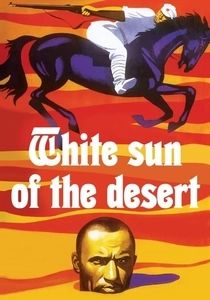
The White Sun of the Desert (1970)
Description: This film is often considered the epitome of Soviet westerns, blending humor with adventure in the deserts of Central Asia. It follows a Red Army soldier who, after the Civil War, finds himself embroiled in a local conflict involving a harem and a treasure.
Fact: The film was so popular that it became a tradition for cosmonauts to watch it before space missions, and it's still shown on Russian TV on Cosmonautics Day.
 Watch Now
Watch Now 
The Ballad of Bering and His Friends (1970)
Description: This film follows the adventures of a group of explorers in the 18th century, exploring themes of friendship, survival, and the clash of cultures, akin to the spirit of westerns.
Fact: The film was inspired by the real-life expedition of Vitus Bering, showcasing the harsh beauty of the Russian Far East.
 30 Days Free
30 Days Free 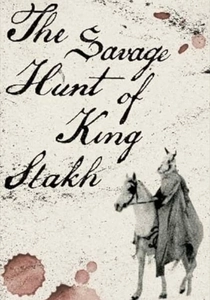
The Savage Hunt of King Stakh (1980)
Description: Set in the 19th century, this film combines elements of gothic horror with the adventure of a western, as a young man investigates the mysterious disappearance of his sister.
Fact: The film was shot in the Belovezhskaya Pushcha, providing a hauntingly beautiful setting.
 30 Days Free
30 Days Free 
The Sixth of July (1968)
Description: Set in the early 20th century, this film explores the life of a Cossack who becomes a bandit after the revolution, showcasing the clash between old and new ways of life in the Soviet Union.
Fact: The film was shot in the picturesque landscapes of the Caucasus, providing a stunning backdrop for the story.
 30 Days Free
30 Days Free 
The New Adventures of the Elusive Avengers (1968)
Description: A sequel to the original, this film continues the adventures of the young outlaws, now facing new challenges and enemies in their fight for justice.
Fact: The film features a memorable scene where the heroes ride horses through a burning village, showcasing impressive stunt work.
 30 Days Free
30 Days Free 
The Crown of the Russian Empire (1971)
Description: This film tells the story of a group of outlaws who attempt to steal the crown jewels of the Russian Empire, combining elements of a heist movie with the western genre.
Fact: The film was shot in the historic city of Suzdal, providing an authentic backdrop for the story.
 30 Days Free
30 Days Free 
The Red Tent (1969)
Description: While not a traditional western, this film captures the spirit of adventure and survival in the Arctic, reminiscent of the rugged individualism found in westerns.
Fact: The film was an international co-production, featuring actors from Italy, the USSR, and the USA.
 30 Days Free
30 Days Free 
The Black Triangle (1981)
Description: This film explores the life of a Soviet spy in the early 20th century, blending espionage with the adventurous spirit of westerns.
Fact: The film was one of the first Soviet productions to explore the theme of espionage in a western setting.
 30 Days Free
30 Days Free 
The Long Farewell (1971)
Description: While not a western in the traditional sense, this film captures the essence of a journey through the Soviet Union, reflecting on the changes in society and personal lives, much like the introspective nature of some westerns.
Fact: The film was directed by Kira Muratova, one of the few female directors in Soviet cinema at the time.
 30 Days Free
30 Days Free 
